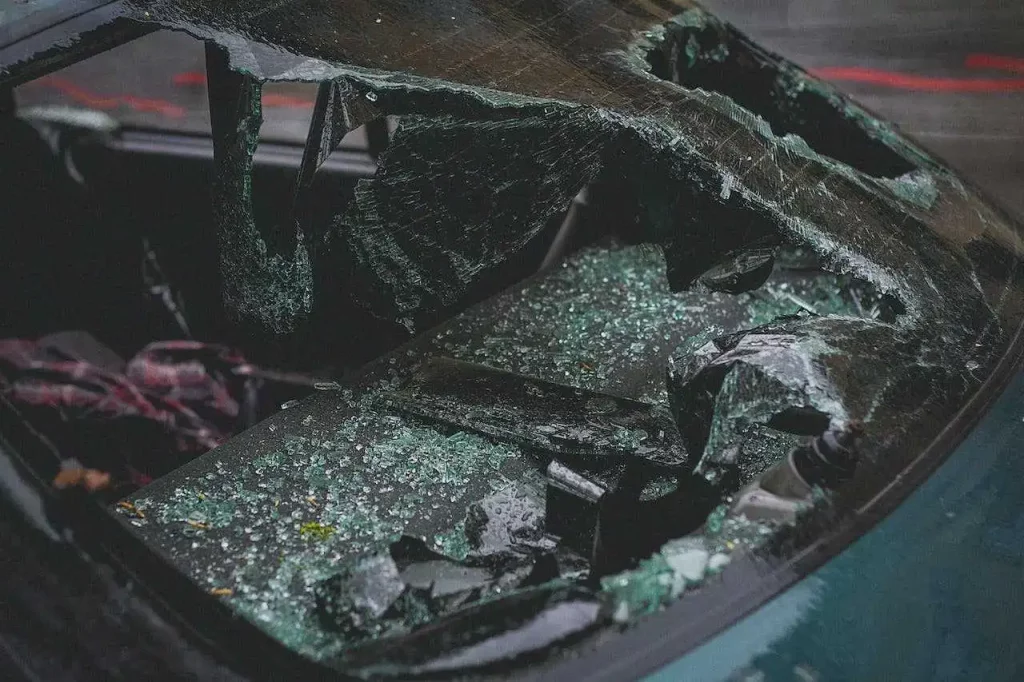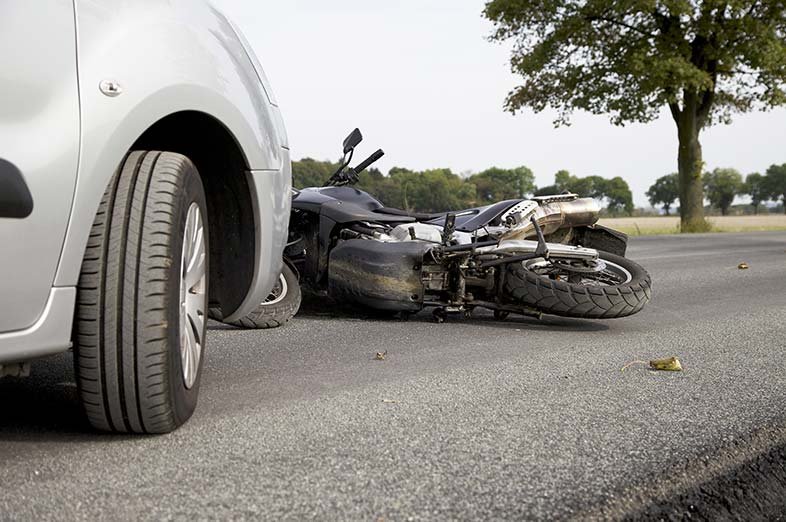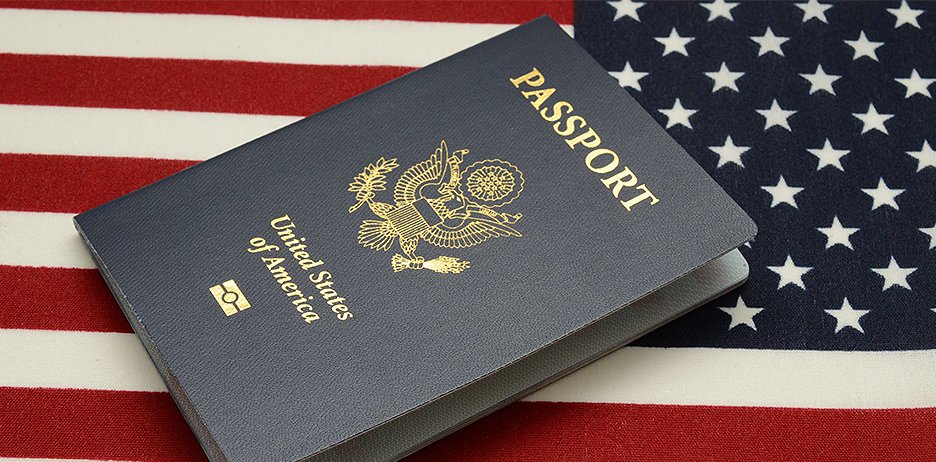What should you do after a car crash? A car accident can happen in the blink of an eye, leaving even the most experienced drivers shaken.
In those critical moments right after a crash, it’s essential to have a clear plan of action. This ensures everyone’s safety. It also sets the stage for dealing with the aftermath in a calm and collected way.
Let’s walk through the steps you should take if you ever find yourself in this unfortunate situation.
Steps To Take After a Car Accident
Step 1: Ensure Safety
First and foremost, check yourself and any passengers for injuries. If anyone is hurt, call 911 immediately. Health and safety are your number one priorities.
Step 2: Move to a Safe Location
If the accident is minor and there are no serious injuries, move the vehicles out of traffic to a safe area, if possible. Turn on your hazard lights to warn other drivers, and set up flares or cones if you have them.
Step 3: Call the Authorities
Regardless of the accident’s severity, it’s important to call the police. A police report can help when dealing with your insurance company and other drivers. It can provide valuable information.
Step 4: Exchange Information
While waiting for the police to arrive, exchange information with the other driver(s) involved. Be sure to get:
- Names, addresses, and phone numbers
- Insurance company information and policy numbers
- Driver’s license numbers
- License plate numbers
- The make, model, and color of the other vehicles
- Contact information for any witnesses
Avoid discussing fault when going over the facts with the other driver. Let the police and insurance companies determine who is to blame based on the evidence and the law.
Step 5: Document the Scene
Take detailed notes and photos of the accident scene, including:
- The positions of the vehicles
- Any visible damage to your vehicle and others involved
- Road conditions, traffic signs, and weather
- Injuries you or your passengers sustained
Step 6: File an Accident Report
Even if the police come to the scene, they might not file a report. Make sure you file one yourself, either at the scene or at the nearest police station. Do this as soon as possible after the accident.
Step 7: Seek Medical Attention
After a car accident, it’s crucial to seek suitable medical attention promptly. The aftermath of a crash might not immediately reveal the full extent of injuries. According to Tampa car accident lawyers from Vanguard Attorneys, some injuries resulting from car accidents might not show symptoms right away. It’s essential to see a doctor within a day or two after the incident to ensure no hidden injuries exist.
Step 8: Notify Your Insurer
Promptly inform your insurer about the accident. Be honest about the incident and the extent of your injuries. If you’re not truthful, this could lead to a denial of coverage for the accident.
Step 9: Keep Track of Your Health Progress
Please record any medical treatments you receive. Also, describe how your injuries are affecting your daily life. If you still have health problems or if you’re arguing with your insurance company about how bad your injuries are, this could be important.
Keeping a detailed journal following a car accident is an essential part of your recovery process. This journal serves as a comprehensive record of your medical treatments, daily challenges, emotional experiences, and financial impacts resulting from the accident.
Noting how your injuries affect your daily life is important. This includes physical limitations, pain levels, emotional distress, and financial expenses. It helps give a complete view of the aftermath.
Step 10: Seek Legal Advice
For serious accidents, seek legal advice. This is especially important if they have led to significant injuries or legal complexity. A qualified attorney can help protect your rights. They can also ensure you receive a fair settlement.
Conclusion
No one ever expects to be in a car crash, but it’s vital to be prepared for the possibility. By following these steps, you can handle the immediate aftermath with as much ease and control as the situation allows. Remember to remain calm, be courteous, and think safety first. This guidance isn’t just for the roadway.
Read Now: How to Avoid Serious Car Accidents
Michael C Vang is a passionate blogger. He has been blogging since 2013 on a variety of topics. He is committed to creating informative and engaging content that helps readers learn more about everything.



